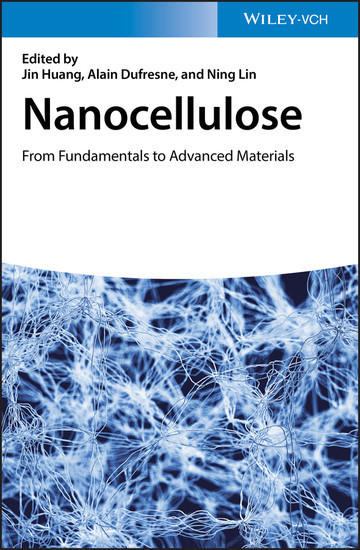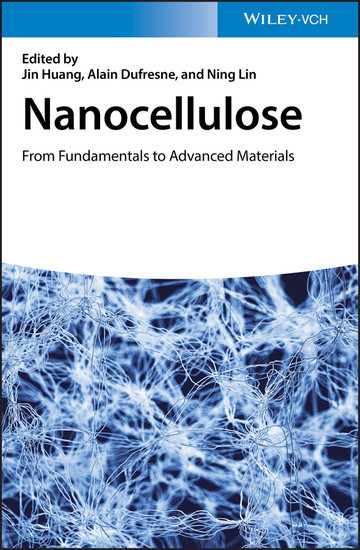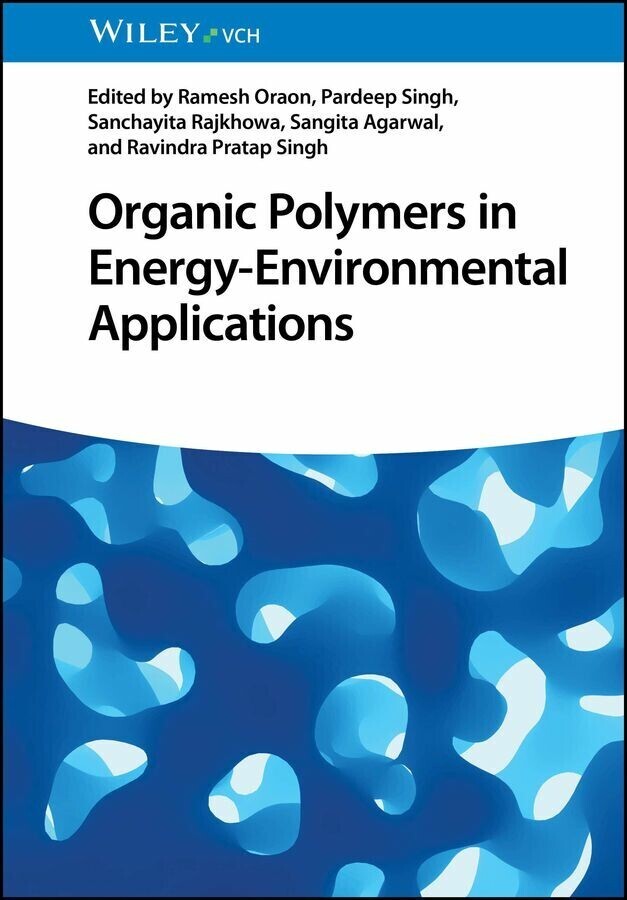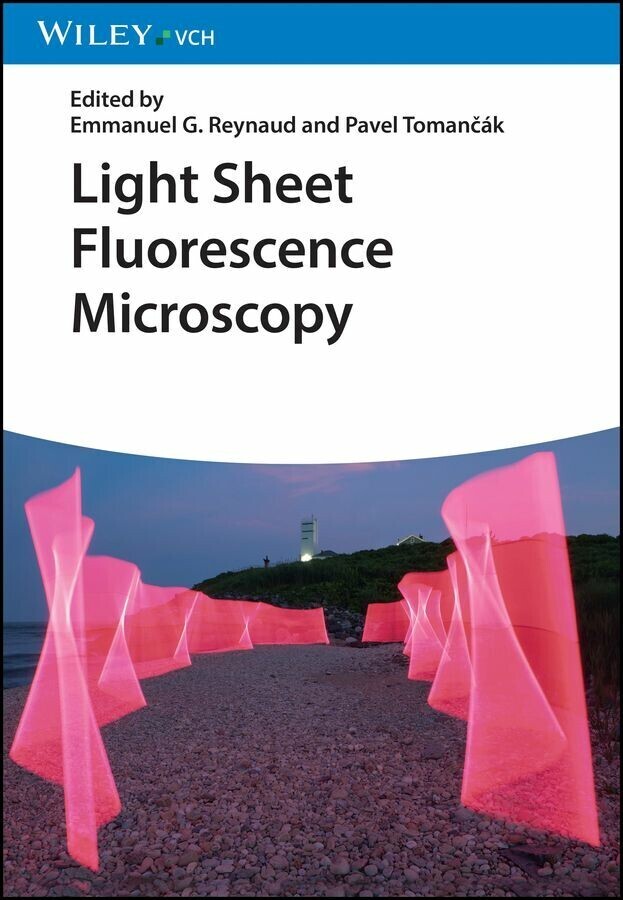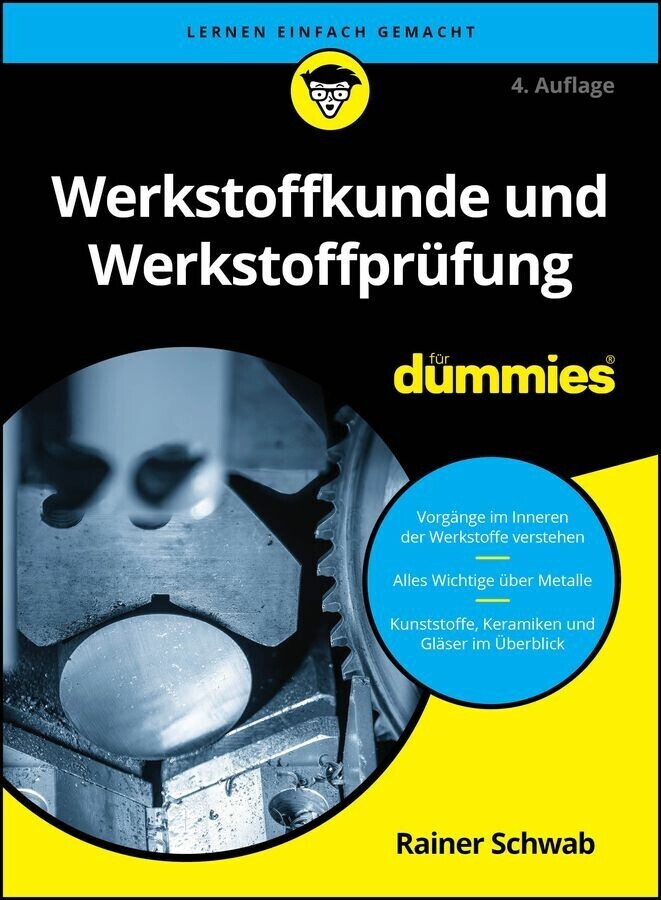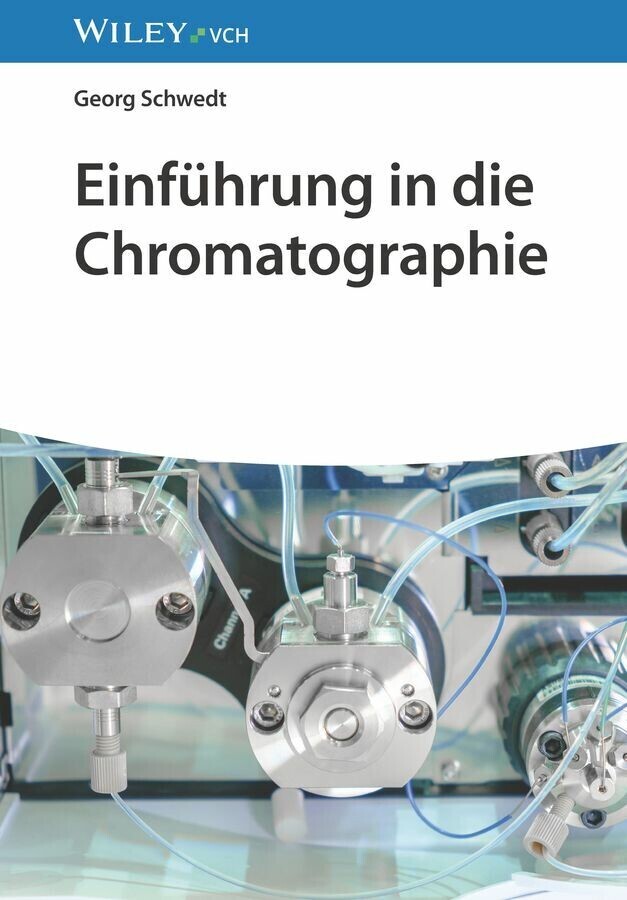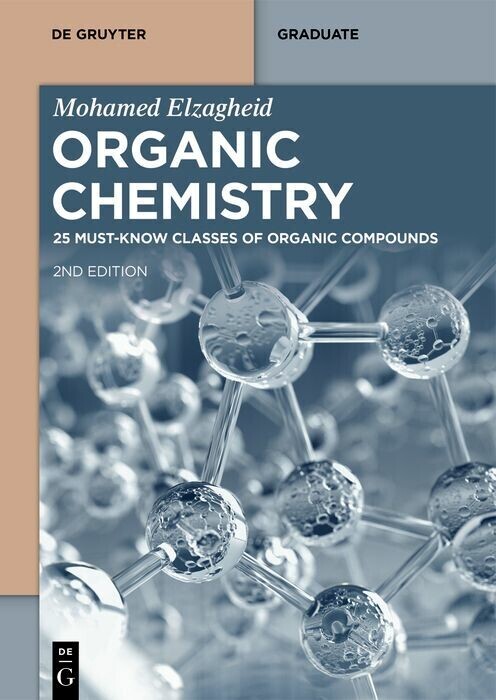Nanocellulose
From Fundamentals to Advanced Materials
Comprehensively introduces readers to the production, modifications, and applications of nanocellulose
This book gives a thorough introduction to the structure, properties, surface modification, theory, mechanism of composites, and functional materials derived from nanocellulose. It also provides in-depth descriptions of plastics, composites, and functional nanomaterials specifically derived from cellulose nanocrystals, cellulose nanofibrils, and bacterial cellulose. It includes the most recent progress in developing a conceptual framework of nanocellulose, as well as its numerous applications in the design and manufacture of nanocomposites and functional nanomaterials. The book also looks at the relationship between structure and properties.
Featuring contributions from many noted experts in the field, Nanocellulose: From Fundamentals to Advanced Materials examines the current status of nanocomposites based on nanocelluloses. It covers surface modification of nanocellulose in the nanocomposites development; reinforcing mechanism of cellulose nanocrystals in nanocomposites; and advanced materials based on self-organization of cellulose nanocrystals. The book studies the role of cellulose nanofibrils in nanocomposites, as well as a potential application based on colloidal properties of cellulose nanocrystals. It also offers strategies to explore biomedical applications of nanocellulose.
-Provides comprehensive knowledge on the topic of nanocellulose, including the preparation, structure, properties, surface modification and strategy
-Covers new reports on the application of nanocellulose
-Summarizes three kinds of nanocellulose (cellulose nanocrystals, cellulose nanofibrils, and bacterial cellulose) and their production, modification, and applications
Nanocellulose: From Fundamentals to Advanced Materials is a useful resource for specialist researchers of chemistry, materials, and nanotechnology science, as well as for researchers and students of the subject.
Dr. Jin Huang's research focuses on chemical and physical methodology of manufacturing green materials from natural polymer resources. He works on the chemical modification of natural polymers with multi-level structure, and the manufacturing of biomass-based composites and nanocomposites. Dr. Huang is a highly regarded professor recognized nationally and internationally. He is the author of over 100 refereed journal publications, 10 book chapters, and 40 patents.
Dr. Ning Lin is the associate professor in the school of chemistry, chemical engineering and life science in Wuhan University of Technology. He has authored 17 scientific publications, co-editor for 1 book and 4 book chapters. His research interests include chemical modification, design and development of nanocomposite and functional application based on biomass nanoparticles.
Dr. Julein Bras is the associate professor and the head of the Matbio team in the Department of Converting Biomaterials Packaging in the International School of Paper, Print Media and Biomaterials (Pagora) at University of Grenoble Alpes. He has authored and co-authored more than 70 scientific publications and 4 book chapters. His research interests involve biomaterials, cellulose, nanocellulose, chemical grafting, polymer nano composites, barrier materials, specialty papers.
Dr. Alain Dufresne is the professor in the Department of Converting Biomaterials Packaging in the International School of Paper, Print Media and Biomaterials (Pagora) at University of Grenoble Alpes. He has authored and co-authored more than 200 scientific publications and 40 book chapters. He is the president of the assessment committee of the INRA/URCA (Agroresources Fractionizing and Packaging-UMR614) Research Unit, Reims France (2007) and is a member of the Steering Committee of the Swiss National Research Program NRP66 (Wood Resource) of the Swiss Federal Council. He is an invited professor of Universidade Federal de Rio de Janeiro (UFRJ) (Brazil) and of Wuhan University of Technology (China).
This book gives a thorough introduction to the structure, properties, surface modification, theory, mechanism of composites, and functional materials derived from nanocellulose. It also provides in-depth descriptions of plastics, composites, and functional nanomaterials specifically derived from cellulose nanocrystals, cellulose nanofibrils, and bacterial cellulose. It includes the most recent progress in developing a conceptual framework of nanocellulose, as well as its numerous applications in the design and manufacture of nanocomposites and functional nanomaterials. The book also looks at the relationship between structure and properties.
Featuring contributions from many noted experts in the field, Nanocellulose: From Fundamentals to Advanced Materials examines the current status of nanocomposites based on nanocelluloses. It covers surface modification of nanocellulose in the nanocomposites development; reinforcing mechanism of cellulose nanocrystals in nanocomposites; and advanced materials based on self-organization of cellulose nanocrystals. The book studies the role of cellulose nanofibrils in nanocomposites, as well as a potential application based on colloidal properties of cellulose nanocrystals. It also offers strategies to explore biomedical applications of nanocellulose.
-Provides comprehensive knowledge on the topic of nanocellulose, including the preparation, structure, properties, surface modification and strategy
-Covers new reports on the application of nanocellulose
-Summarizes three kinds of nanocellulose (cellulose nanocrystals, cellulose nanofibrils, and bacterial cellulose) and their production, modification, and applications
Nanocellulose: From Fundamentals to Advanced Materials is a useful resource for specialist researchers of chemistry, materials, and nanotechnology science, as well as for researchers and students of the subject.
Dr. Jin Huang's research focuses on chemical and physical methodology of manufacturing green materials from natural polymer resources. He works on the chemical modification of natural polymers with multi-level structure, and the manufacturing of biomass-based composites and nanocomposites. Dr. Huang is a highly regarded professor recognized nationally and internationally. He is the author of over 100 refereed journal publications, 10 book chapters, and 40 patents.
Dr. Ning Lin is the associate professor in the school of chemistry, chemical engineering and life science in Wuhan University of Technology. He has authored 17 scientific publications, co-editor for 1 book and 4 book chapters. His research interests include chemical modification, design and development of nanocomposite and functional application based on biomass nanoparticles.
Dr. Julein Bras is the associate professor and the head of the Matbio team in the Department of Converting Biomaterials Packaging in the International School of Paper, Print Media and Biomaterials (Pagora) at University of Grenoble Alpes. He has authored and co-authored more than 70 scientific publications and 4 book chapters. His research interests involve biomaterials, cellulose, nanocellulose, chemical grafting, polymer nano composites, barrier materials, specialty papers.
Dr. Alain Dufresne is the professor in the Department of Converting Biomaterials Packaging in the International School of Paper, Print Media and Biomaterials (Pagora) at University of Grenoble Alpes. He has authored and co-authored more than 200 scientific publications and 40 book chapters. He is the president of the assessment committee of the INRA/URCA (Agroresources Fractionizing and Packaging-UMR614) Research Unit, Reims France (2007) and is a member of the Steering Committee of the Swiss National Research Program NRP66 (Wood Resource) of the Swiss Federal Council. He is an invited professor of Universidade Federal de Rio de Janeiro (UFRJ) (Brazil) and of Wuhan University of Technology (China).
Huang, Jin
Dufresne, Alain
Lin, Ning
| ISBN | 9783527807444 |
|---|---|
| Artikelnummer | 9783527807444 |
| Medientyp | E-Book - ePUB |
| Copyrightjahr | 2019 |
| Verlag | Wiley-VCH |
| Umfang | 1440 Seiten |
| Sprache | Englisch |
| Kopierschutz | Adobe DRM |

